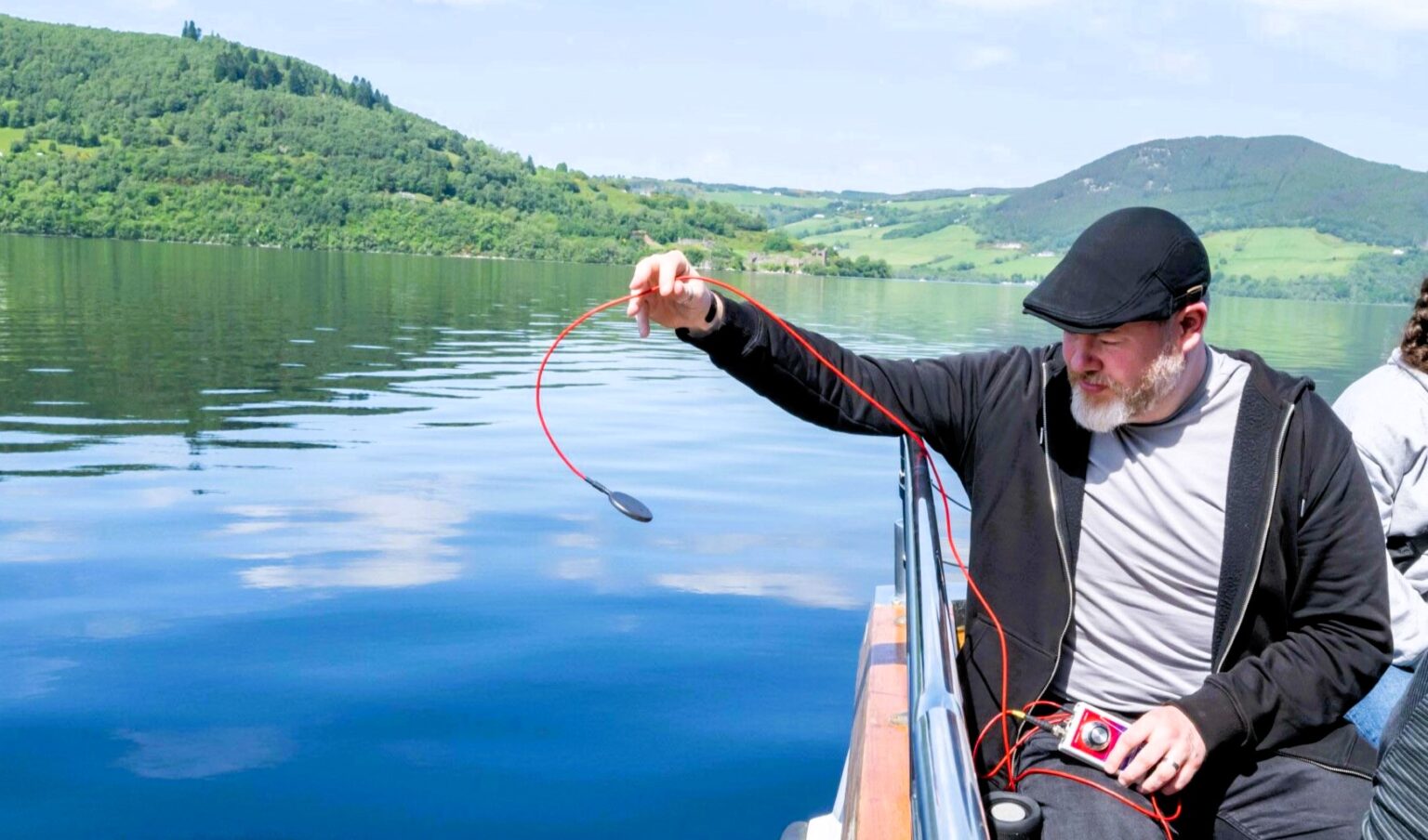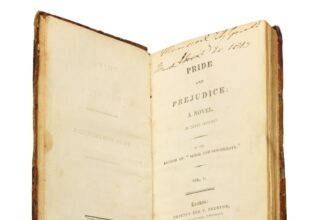Underwater detectors have picked up a regular heartbeat deep in Loch Ness – and it’s creating a serious monster buzz.
The rhythmic pulsing was picked up on a hydrophone that was deployed 100-feet beneath the surface.
And while the source of the sound is unclear, experts are excited, as reported by What’s The Jam.
READ MORE: Whale watchers find ‘nightmare’ creature ‘out of the Twilight Zone’
- Advertisement -
“At first we believed that the hydrophone might be getting dragged along the bottom but the boat skipper confirmed the cable was at least five metres from the bottom,” Alan McKenna, from the research group Loch Ness Exploration, said.
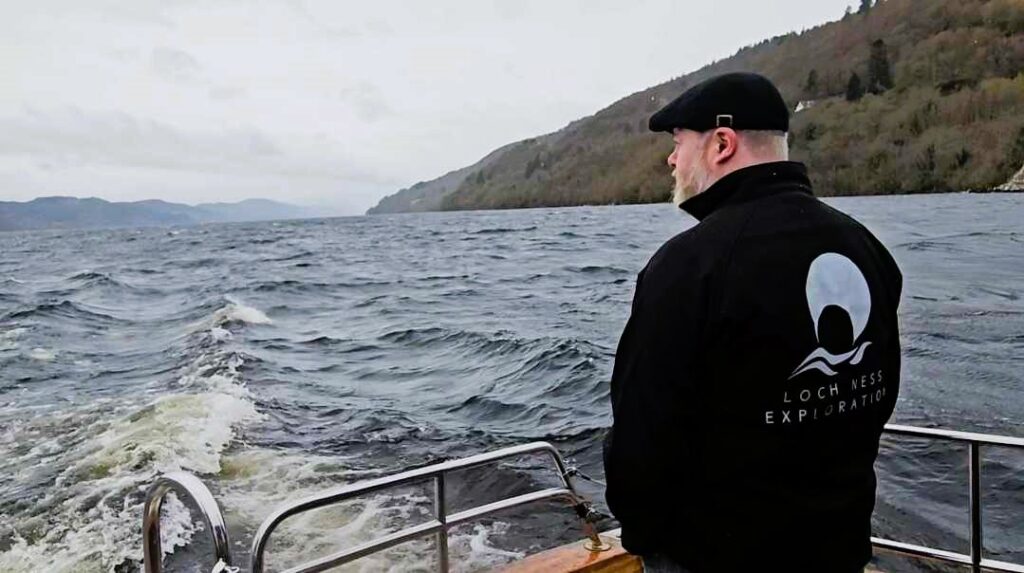
“You can clearly hear a rhythmic pulse or heartbeat within the recording.
“We’ve no idea what was causing this sound but it’s very interesting.”
Alan visits Loch Ness every month where he spends a few hours on a boat called Deepscan with skipper Ali Matheson.
On Saturday (10 August), they were exploring a Location in Urquhart Bay when they heard the noise.
- Advertisement -
It is the same spot where a famous underwater photo was taken in 1972, allegedly showing a plesiosaur flipper.
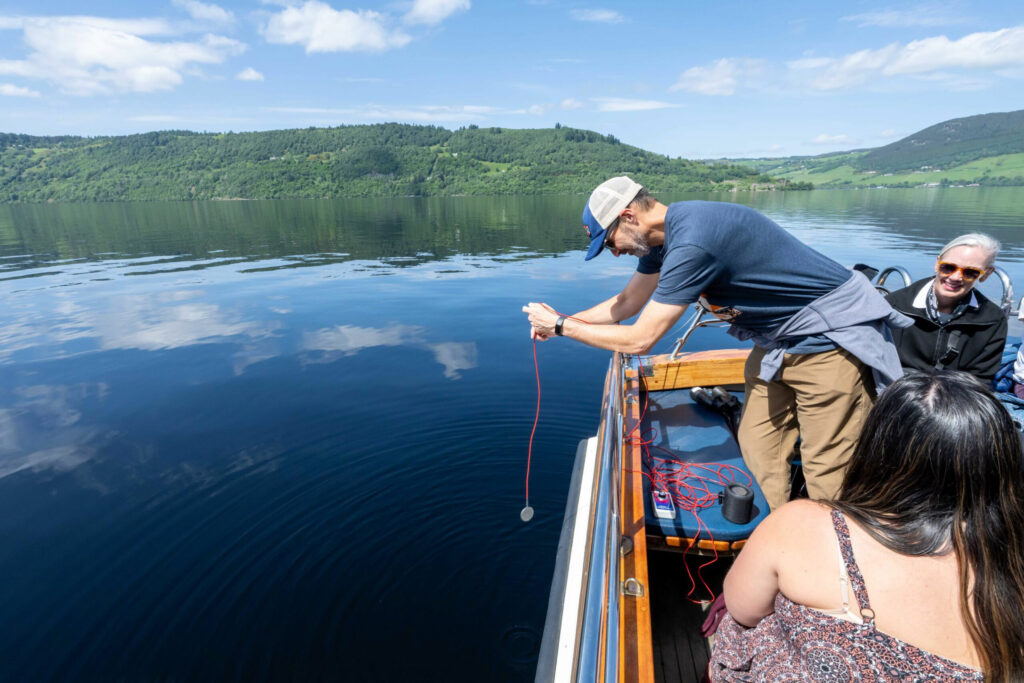
In January, holidaymaker Jarod Strong reported he spotted the legendary monster and was shocked it was grey instead of green.
And last October, dad-of-four Steve Valentine was convinced he spotted “the hump of Nessie’s body and the back of its head”.
- Advertisement -
Mr McKenna said he is intrigued excited by the latest audio recording.
He said: “We deployed the hydrophone which was lowered down to 30 metres below the surface close to where Robert Rines’ strobe camera was placed in 1972.
“At around 10.41am we started to pick up a strange sound.
“This is the first time hearing the pulse or heartbeat so clearly.
“I’m not suggesting it’s a heartbeat I’m merely using that as a description.
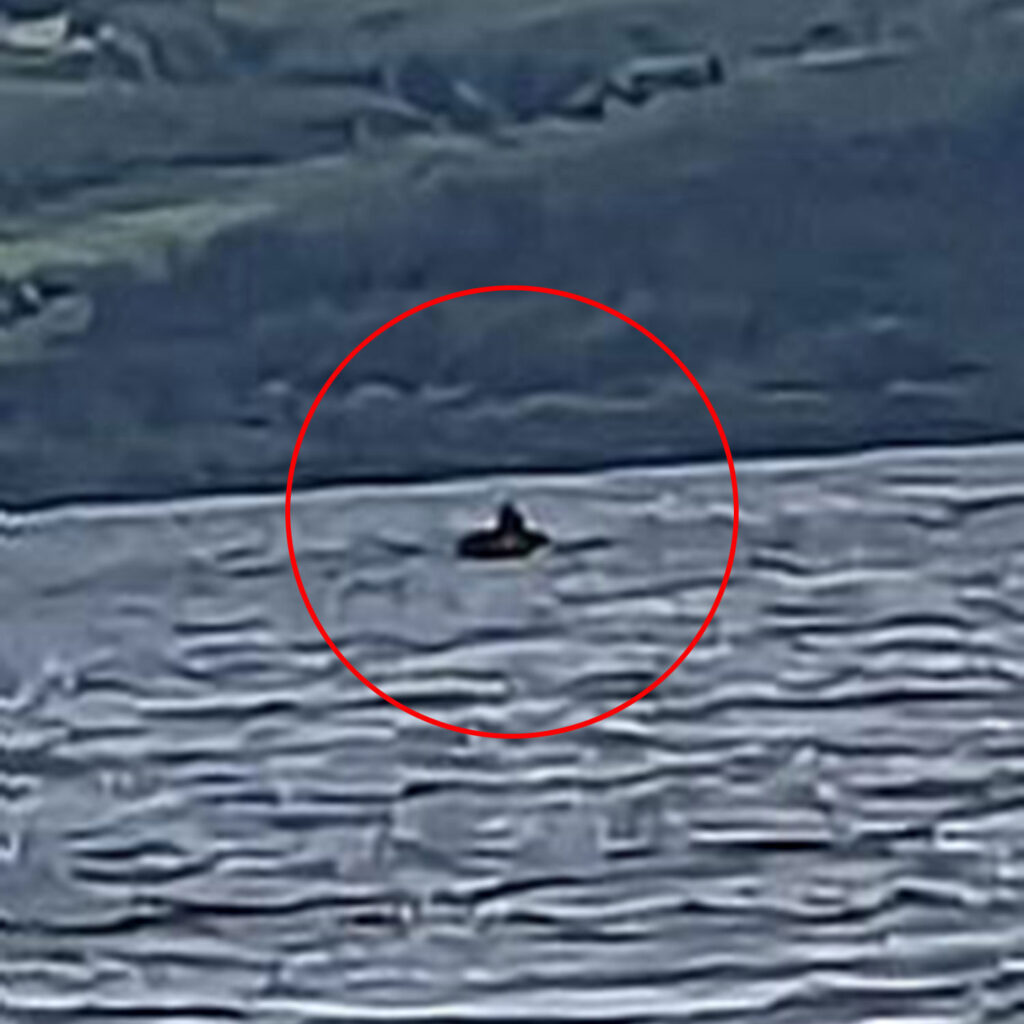
“It’s a strange one indeed but that’s why my research is so interesting.
“We still can’t accurately identify some sounds and that’s all part of the mystery.
“It’s frustrating at times but always leaves you wanting more.”
Mr McKenna said whatever is in Loch Ness, “it certainly doesn’t play by the rules”.
The loch has a staggering 263 billion cubic feet of water stretching over 23 miles long.
It reaches depths of over 750 feet making it deeper than the North Sea.
Mr McKenna added: “When it comes to exploring the depths of Loch Ness, our options are limited by its incredible depth and darkness.
“It’s a place of mystery with dangers that are unpredictable and a legend of a large, unknown creature possibly lurking below.
“While we rely on sonar and surface observations, the visibility in Loch Ness is extremely poor, making these methods challenging.
“So sound is the next best option.
“A hydrophone is essentially an underwater microphone capable of detecting sounds hundreds of feet below the surface.
“Its sensitivity allows it to pick up sounds from miles away including the faint hum of a boat traversing the loch.
“Our goal is to record and catalogue as many underwater sounds as possible, identifying their sources and attempting to decipher what they might signify.
“This complex study aims to differentiate between natural sounds and those produced by human activities or man-made equipment.
“While identifying individual species by sound alone is a daunting task we are particularly interested in the possibility of detecting an unknown creature should it exist.”
READ MORE: Strange creature with flipper-like arms spotted ‘attacking’ man in road


